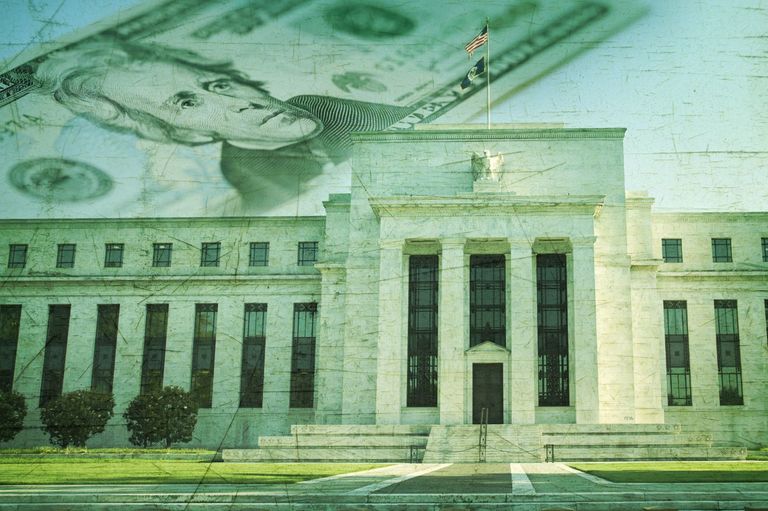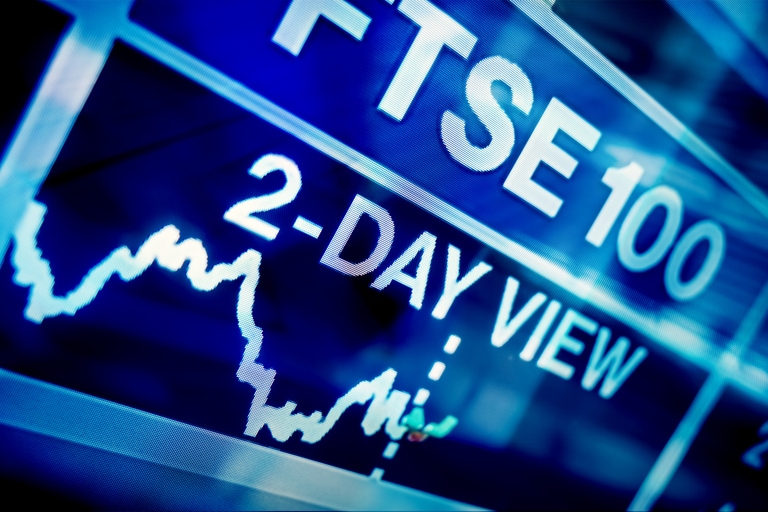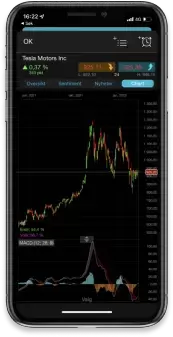European markets edged higher yesterday, closing well off their highs of the day after US CPI for January came in slightly hotter than expected.
This was followed by hawkish comments from Lori Logan of the Dallas Fed and Thomas Barkin of the Richmond Fed, who both said that rates would likely have to stay higher for longer to combat rising prices.
While Barkin isn’t a FOMC voting member this year, Logan is, and her comments were a slight shift of emphasis on previous comments.
Logan went on to say the main risk was from the Fed hiking too little, and while this was offset somewhat by Patrick Harker of the Philadelphia Fed saying that he thought rates were near their peak, that didn’t stop the US 2-year yield from breaking above the 4.6% level, putting it higher by over 50bps since the beginning of this month.
That’s a sizeable move by any standards, and even more surprising that since then US markets have also gone higher, with the Nasdaq 100 finishing yesterday’s session higher for the second day in a row, even as the Dow finished lower, and the S&P500 flat.
This mixed US finish appears to have fizzled out in Asia, with markets there trading lower and looks set to translate into a subdued European open, as we look ahead to US retail sales for January, and UK CPI.
After yesterday’s US CPI report all eyes will shift towards the January retail sales report for evidence that the US consumer is feeling the effects of higher prices and weaker demand. If anything, today’s report is unlikely to confirm the narrative of a US consumer feeling that pressure. This is because, having finished November and December on the back foot, the milder weather that we saw in January which helped drive the jobs boom, as well as stickier inflation is likely to have prompted a surge in consumer spending if recent credit card data is any guide.
This consumer resilience will only harden the resolve of the Federal Reserve to continue hiking, with expectations that January retail sales will see a sharp rebound of 2%, reversing the combined losses we saw from November and December.
Before the release of today’s US retail sales numbers, we get to digest the latest UK CPI numbers for January which are expected to see inflation remain in double figures.
With inflation well north of 10% it is perhaps fortunate in some respects that wages data is also trending higher, rising to 6.7% for the 3 months to December, and new record highs outside of the pandemic.
That said the gap still means that in real terms consumers are worse off to the tune of 3.8%, thus continuing an income squeeze that has been in place since October 2021.
That isn’t likely to cut much ice for the Bank of England, even with UK base rates at their current levels of 4%, the upward trajectory of wages is likely to increase the pressure for more than one extra 25bps rate hike in the coming months.
Unlike the US and Europe, headline CPI in the UK is proving be a lot stickier having fallen only modestly from its October peaks of 11.1%, with today’s January CPI number expected to see a fall to 10.3%. This seems fairly modest when compared to the bigger slowdowns we’ve seen in both the US and Europe, where headline inflation is much lower.
UK core CPI is also higher at 6.3%, and expected to come in at 6.2%, while RPI is still at an eye-watering 13.4% and expected to slow to 13.2%.
Producer price inflation is back in its usual slot and is also expected to come in lower.
The weakness of the pound over the last 12 months hasn’t and isn’t helping, acting as an updraught, and underpinning the current stickiness in prices.
EUR/USD – ticked up to the 1.0800 area tripping stops through 1.0780 before retreating. Still have support at the 1.0650 area, with a break lower targeting 1.0480. A move above 1.0800 targets a move towards 1.0920.
GBP/USD – squeezed up the 1.2270 area before slipping back. We have support at the 1.2000 area as well as the 200-day SMA just below that. Below 1.1930 retargets the 1.1835 area, while we need to see a move through 1.2300 to reopen a move towards 1.2400.
EUR/GBP – has declined for 7 days in a row, with support back to the 50-day SMA at 0.8780/90, and the 100-day SMA at 0.8740. Resistance at the 0.8830 area.
USD/JPY – appears to want to go higher having broken above the 50-day SMA, as well as above the 133.00 and Kumo cloud resistance. A sustained move through 133.30 opens the 134.50 area. Interim support now at 130.20.
Disclaimer: CMC Markets is an execution-only service provider. The material (whether or not it states any opinions) is for general information purposes only, and does not take into account your personal circumstances or objectives. Nothing in this material is (or should be considered to be) financial, investment or other advice on which reliance should be placed. No opinion given in the material constitutes a recommendation by CMC Markets or the author that any particular investment, security, transaction or investment strategy is suitable for any specific person. The material has not been prepared in accordance with legal requirements designed to promote the independence of investment research. Although we are not specifically prevented from dealing before providing this material, we do not seek to take advantage of the material prior to its dissemination.







